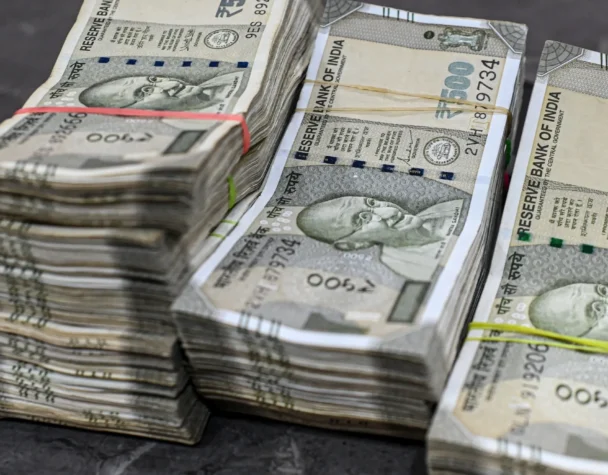
Currency Markets Roiled by U.S. Tariffs as Risk Assets Tumble
Mon, April 07, 2025Yen and Franc Lead Safe-Haven Rally
Global currency markets are in flux as traders respond to sweeping U.S. tariffs that have ignited fresh concerns over a looming global trade war. The flight to safety has driven demand for traditional safe-haven currencies, while risk-sensitive and emerging market currencies face renewed pressure.
The Japanese yen surged by 1.3%, reaching 144.95 per dollar, as investors sought stability amid growing economic uncertainty. The Swiss franc followed suit, strengthening to 0.85095 per dollar—its strongest level in months. Both currencies have long been viewed as safe harbors during times of geopolitical or economic upheaval. According to Reuters, this surge is directly tied to heightened demand for low-volatility assets in the face of potential global recession.
Meanwhile, the U.S. dollar has come under selective pressure. While it remains resilient against some emerging market currencies, it has weakened against safe havens as traders reassess U.S. economic risks in light of retaliatory tariffs from China and other global partners.
Commodity and Emerging Market Currencies Decline
In contrast to the rally in havens, commodity-linked currencies have suffered sharp losses. The Australian dollar fell to a five-year low at $0.6001, down 0.73%, as concerns mount over weakened global demand for raw materials. The New Zealand dollar also slid 0.75%, trading at $0.5554, reflecting parallel anxieties around trade disruptions.
The impact of trade tensions is even more pronounced in emerging markets. The Indian rupee is set to open weaker, likely between 85.70–85.75 per dollar, as risk aversion weighs on Asian currencies. This follows a sharp drop in global equities and bond yields, which traditionally signal a shift away from riskier assets. Reuters notes that the pressure on the rupee reflects not just global dynamics, but investor concern over India’s trade exposure.
In Nigeria, the central bank took defensive action by selling nearly $200 million to prop up the naira, which came under intense pressure following the announcement of U.S. tariffs. This intervention was aimed at maintaining market stability amid fears of rapid capital flight and inflationary spikes. Learn more here.
Euro and Pound Struggle Amid Global Uncertainty
The euro has shown mixed performance, briefly gaining before retreating to trade around $1.0994. Volatility in the euro reflects diverging investor sentiment about the Eurozone’s ability to withstand global shocks.
Meanwhile, the British pound has taken a sharper hit, falling 0.6% to $1.3014 and hitting a seven-month low against the euro at 84.84 pence. Analysts attribute sterling’s weakness to the UK’s vulnerability to global trade disruptions and continued investor pullback from risk assets.
With global recession fears looming, foreign exchange markets are expected to remain volatile. Traders are closely monitoring policy developments for signs of easing tensions—or further escalation.

